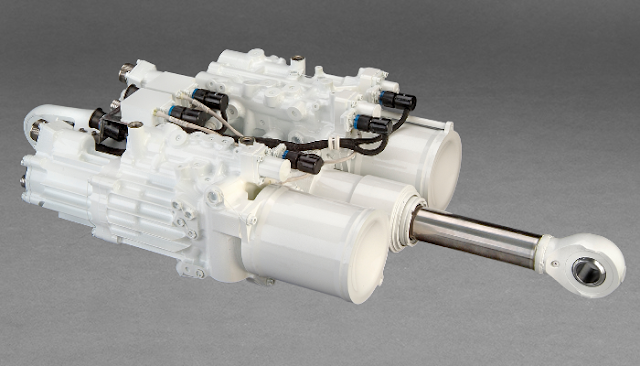Oncolytic Virus Therapy: A Novel Approach To Cancer Treatment

Oncolytic Virus Therapy Cancer remains one of the leading causes of death worldwide. While conventional therapies like chemotherapy, radiotherapy, and targeted drug therapies have helped improve cancer outcomes, there is still room for more effective and less toxic treatment options. Oncolytic virus therapy is an emerging and promising anti-cancer strategy that utilizes naturally occurring or genetically engineered viruses to selectively infect and kill cancer cells. Let's take a deeper look at this novel therapeutic approach. What are Oncolytic Viruses? Oncolytic viruses are viruses that have been modified or have naturally evolved to selectively infect and replicate in cancer cells while avoiding normal cells. When a virus infects and replicates inside cancer cells, it causes the cells to lyse or rupture, releasing new virus particles to find and infect neighboring cancer cells. This cycle of infection and lysis eventually destroys the tumor from within. Unlike traditional ch





